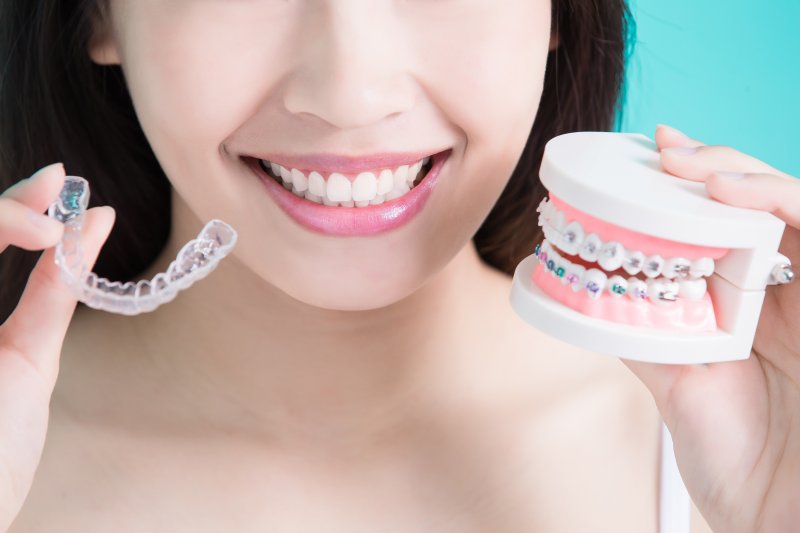
As a child, you had to wear braces to straighten your crooked smile. You enjoyed the benefits of a straighter grin for years, but lately you notice that your teeth seem to have shifted. Naturally, you might have some misgivings about having to wear braces again, but what if you don’t have to? Invisalign has long been an excellent option for those looking for a discreet way to make minor dental corrections. The question is, is getting Invisalign after braces a viable option? Read on to learn more about the possible next steps you can take towards the perfectly aligned smile of your dreams.
What Exactly is Invisalign?
Invisalign is an orthodontic process that relies on clear, removable aligners to straighten the teeth instead of brackets and wires. The aligners are made of a clear, flexible plastic that is comfortable to wear and virtually disappears when worn over the teeth. Most people won’t even realize you’re wearing an orthodontic appliance, but they will notice your teeth gradually becoming straighter and more attractive. Also, Invisalign can be taken out of your mouth for meals and special occasions, although you should be wearing the aligners for at least 20 to 22 hours each day.
Can You Get Invisalign Even if You’ve Already Had Braces?
The short answer is yes – Invisalign is often a completely viable option even for people who have already completed an orthodontic treatment. That said, your orthodontist will have to examine your teeth before deciding whether or not Invisalign is right for you. Clear aligners can correct many of the same imperfections as regular braces, including overcrowding, mild spacing problems, and issues with the bite. Invisalign isn’t always suitable for the most complex orthodontic problems, but they’re still useful for mild to moderate corrections.
Advantages of Invisalign Over Braces
If you’ve already worn braces, then you’ll notice that there are quite a few potential benefits for using Invisalign to make future corrections. Below are the most notable advantages:
- Invisalign tends to have faster treatment time. Most cases are completed in about 12 to 18 months.
- There are no adjustments required for removable aligners, meaning fewer checkup appointments are needed.
- Plastic aligners don’t irritate soft oral tissues the way brackets and wires do.
- It’s easier to take good care of your teeth because you can just brush and floss the same way you always have.
- The aligners are virtually invisible and won’t detract from your professional appearance.
No matter if you’re a first-time patient or have prior experience with braces, Invisalign can change the way you look at orthodontic care at the same time it changes your smile. Get in touch with your orthodontist as soon as possible to schedule a consultation and figure out the next steps towards a better grin.
About the Author
Dr. Stan Drabik embraces a patient-centered philosophy where he always aims to make the best possible decisions for you and your family. As a proud member of the American Association of Orthodontists, he is skilled in using both Invisalign and traditional braces to correct crooked grins and misaligned bites. If you feel like you need a follow-up orthodontic treatment, schedule a consultation at Drabik Orthodontics in Rochester by visiting his website or calling (585) 730-7700.

